Which is the major product when propane is reacted with in the presence of light
To determine the major product when propane is reacted with bromine in the presence of light, we can follow these steps:
Step 1: Understand the Reaction
When propane (C3H8) is reacted with bromine (Br2) in the presence of light, a free radical substitution reaction occurs. The light provides energy to initiate the reaction by breaking the Br-Br bond, generating bromine radicals.
Hint: Remember that free radical reactions often involve the substitution of hydrogen atoms with halogen atoms.
Step 2: Identify the Structure of Propane
Propane has the molecular formula C3H8 and its structure is:
HHH|||H−−C−−C−−C−−H|||HHH
This can also be represented as CH3-CH2-CH3.
Hint: Visualizing the structure of the molecule can help in understanding where substitutions can occur.
Step 3: Determine Possible Sites for Bromination
In propane, there are two types of hydrogen atoms:
- Primary hydrogens (attached to the terminal carbon atoms, CH3 groups)
- Secondary hydrogens (attached to the middle carbon atom, CH2 group)
Hint: Identify the types of hydrogens present in the molecule to predict where bromination can occur.
Step 4: Analyze the Stability of Radicals
When bromine radicals abstract hydrogen atoms, they can create different radicals:
- If a primary hydrogen is replaced, a primary radical is formed.
- If a secondary hydrogen is replaced, a secondary radical is formed.
Secondary radicals are generally more stable than primary radicals. Therefore, the formation of a secondary radical is favored.
Hint: Recall that the stability of radicals influences the likelihood of their formation during reactions.
Step 5: Predict the Major Product
The most stable radical will lead to the major product. In this case, replacing a secondary hydrogen (from the CH2 group) will lead to the formation of 2-bromopropane (CH3-CHBr-CH3).
Hint: The major product is typically the one formed from the most stable radical intermediate.
Final Answer
The major product when propane is reacted with bromine in the presence of light is 2-bromopropane.
---
When propane (C3H8) is reacted with bromine (Br2) in the presence of light, a free radical substitution reaction occurs. The light provides energy to initiate the reaction by breaking the Br-Br bond, generating bromine radicals.
Propane has the molecular formula C3H8 and its structure is:
HHH|||H−−C−−C−−C−−H|||HHH
This can also be represented as CH3-CH2-CH3.
In propane, there are two types of hydrogen atoms:
- Primary hydrogens (attached to the terminal carbon atoms, CH3 groups)
- Secondary hydrogens (attached to the middle carbon atom, CH2 group)
When bromine radicals abstract hydrogen atoms, they can create different radicals:
- If a primary hydrogen is replaced, a primary radical is formed.
- If a secondary hydrogen is replaced, a secondary radical is formed.
The most stable radical will lead to the major product. In this case, replacing a secondary hydrogen (from the CH2 group) will lead to the formation of 2-bromopropane (CH3-CHBr-CH3).
The major product when propane is reacted with bromine in the presence of light is 2-bromopropane.
Topper's Solved these Questions
- HALOALKANES AND HALOARENESBOOK - DINESH PUBLICATIONCHAPTER - HALOALKANES AND HALOARENESEXERCISE - NCERT
30 Videos
- HALOALKANES AND HALOARENESBOOK - DINESH PUBLICATIONCHAPTER - HALOALKANES AND HALOARENESEXERCISE - Short Answer Type Questions
33 Videos
- HALOALKANES AND HALOARENESBOOK - DINESH PUBLICATIONCHAPTER - HALOALKANES AND HALOARENESEXERCISE - Brain storming multiple choice questions
11 Videos
- GENERAL PRINCIPLES AND PROCESSES OF ISOLATION OF ELEMENTS BOOK - DINESH PUBLICATIONCHAPTER - GENERAL PRINCIPLES AND PROCESSES OF ISOLATION OF ELEMENTS EXERCISE - Brain Storming Multiple Chocie Questions
7 Videos
- HYDROCARBONSBOOK - DINESH PUBLICATIONCHAPTER - HYDROCARBONSEXERCISE - All Questions
493 Videos
Similar Questions
Knowledge Check
What is the chief product obtained when n-butane is treated with Br2 in the presence of light at 130∘C?
A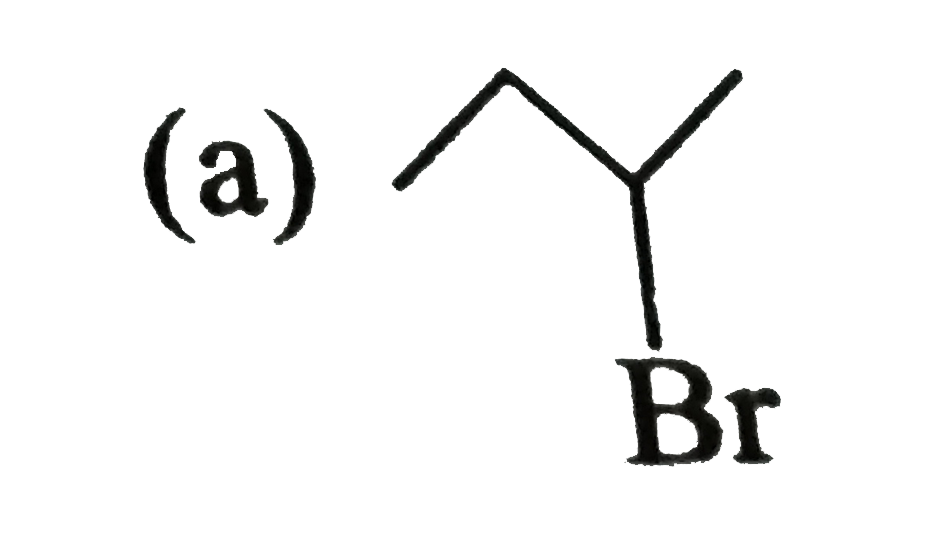 B
B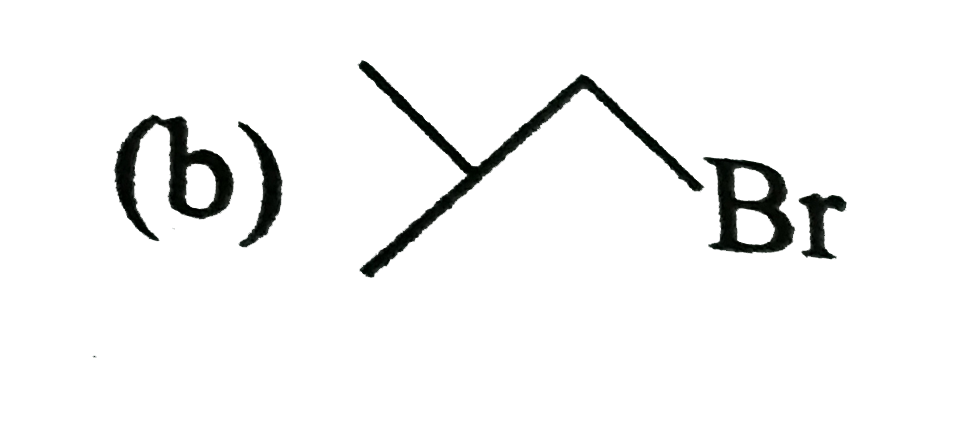 C
C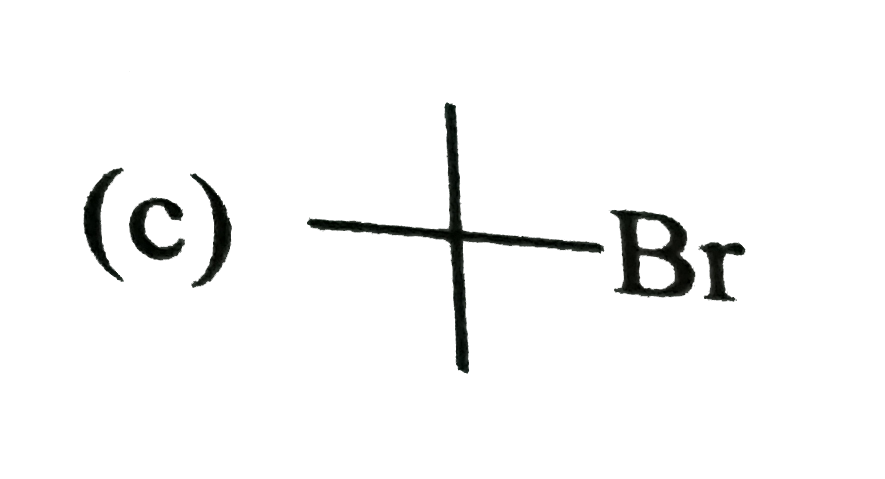 D
D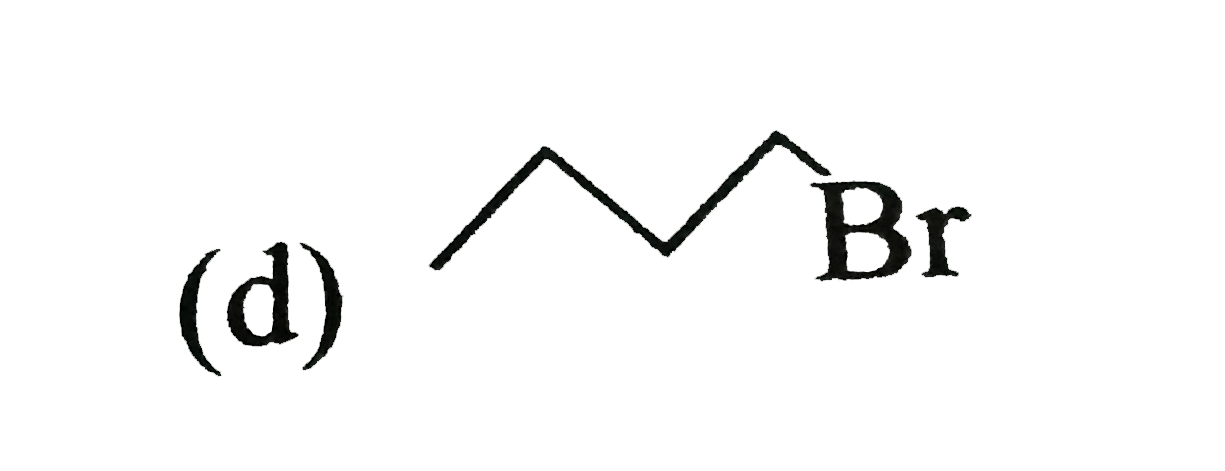
What is the chief product obtained when n−butane is treated with Br2 in the presence of light at 130∘C?
ACH3−CH2−CHBr−CH3B(CH3)2CHCH2BrC(CH3)3CBrDCH3−CH2−CH2−CH2−BrThe major product obtained when - Butane is treated with bromine in the presence of light is
ACH3−CH2−CH2−CH2−BrB C
C D
D
Which of the following will be the major product when
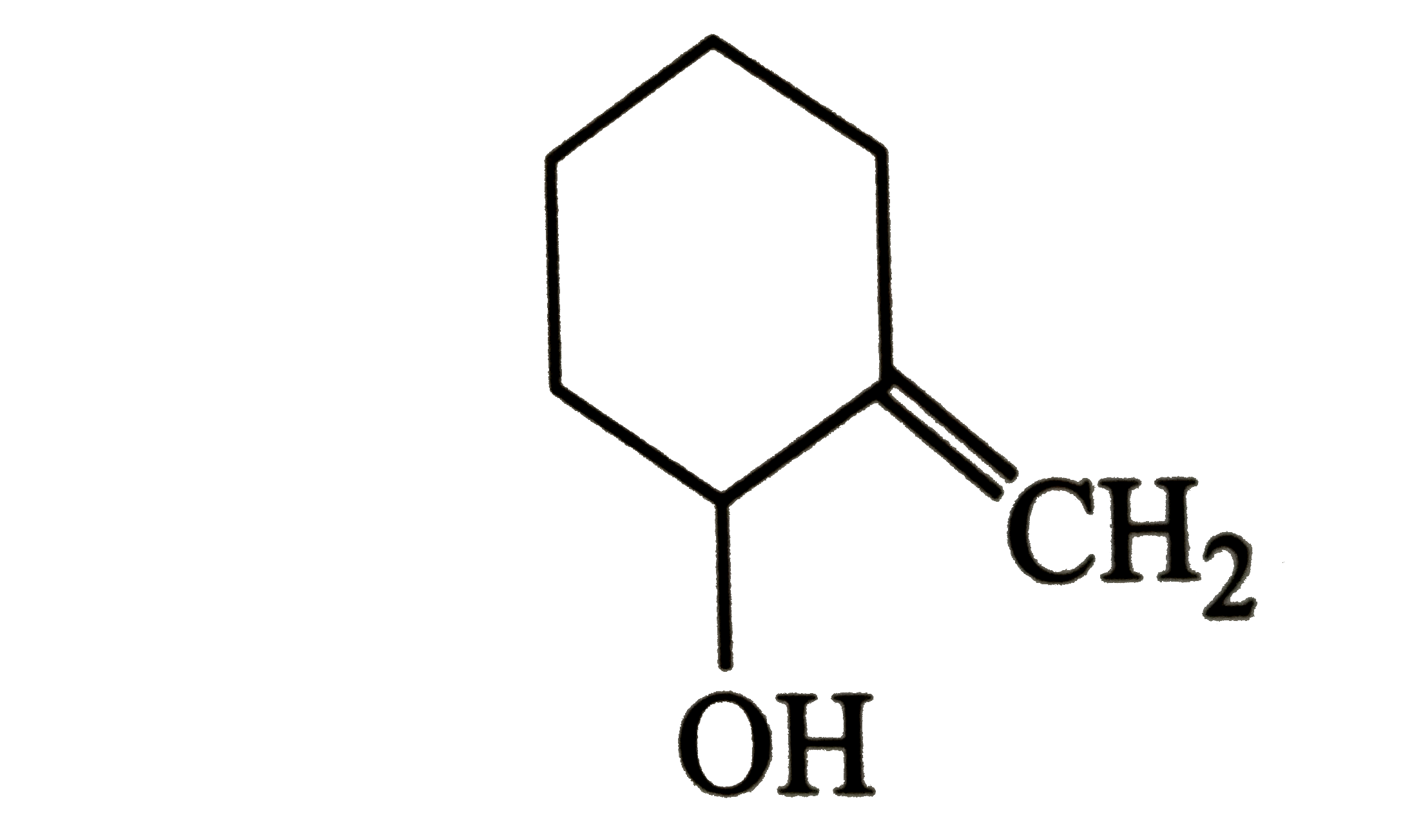 is treated with dil. H2SO4 in the presence of HgSO4 ?
is treated with dil. H2SO4 in the presence of HgSO4 ?
View SolutionThe major product is formed when toluene si reacted with chlorine in the presence of halogen carrier.
View SolutionThe major product obtained when, chlorobenzene is reacted with chlorine in the presence of FeCl3
View SolutionThe major product obtained when isobutane is treated with chlorine in the presence of diffused sun light is
View SolutionWhat will be the major product when 2 amino propane is treated with nitrous acid?
View Solution
